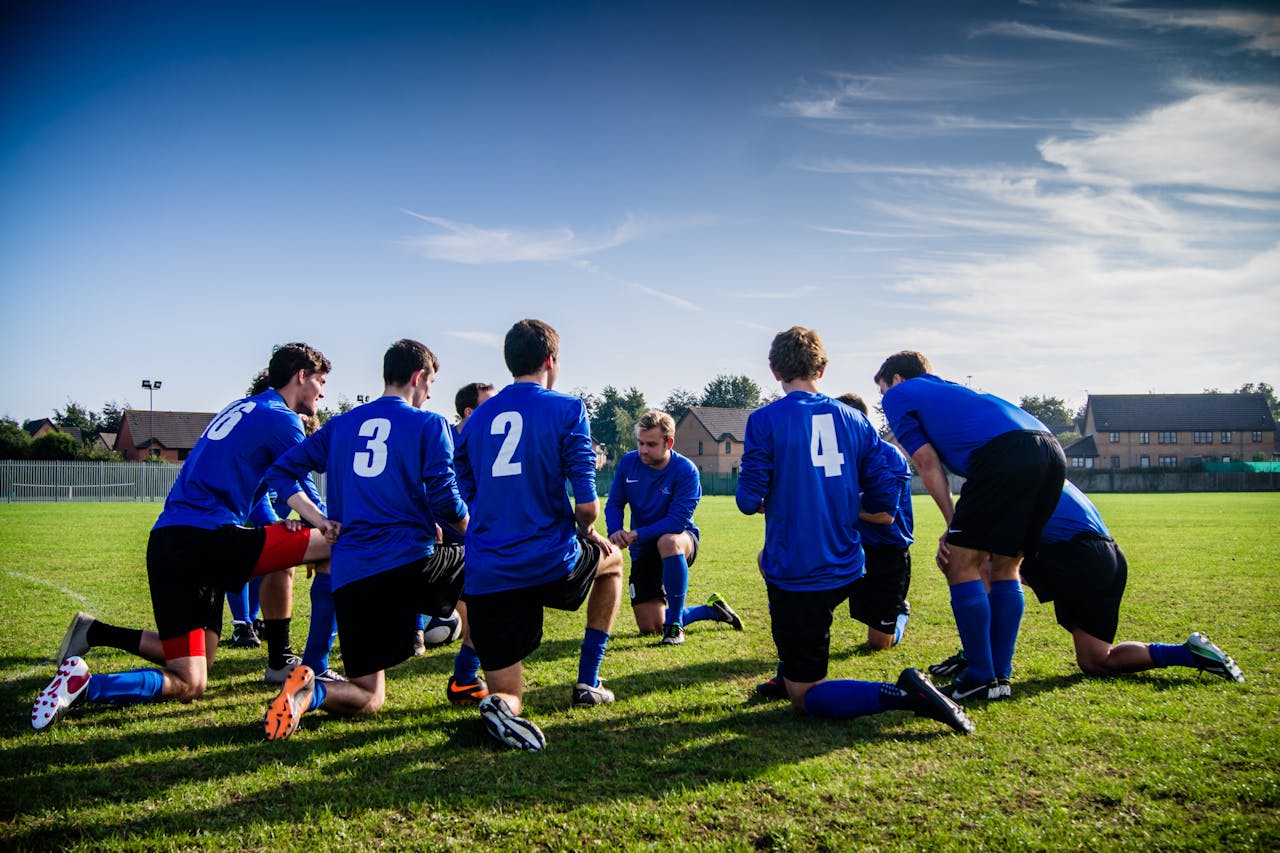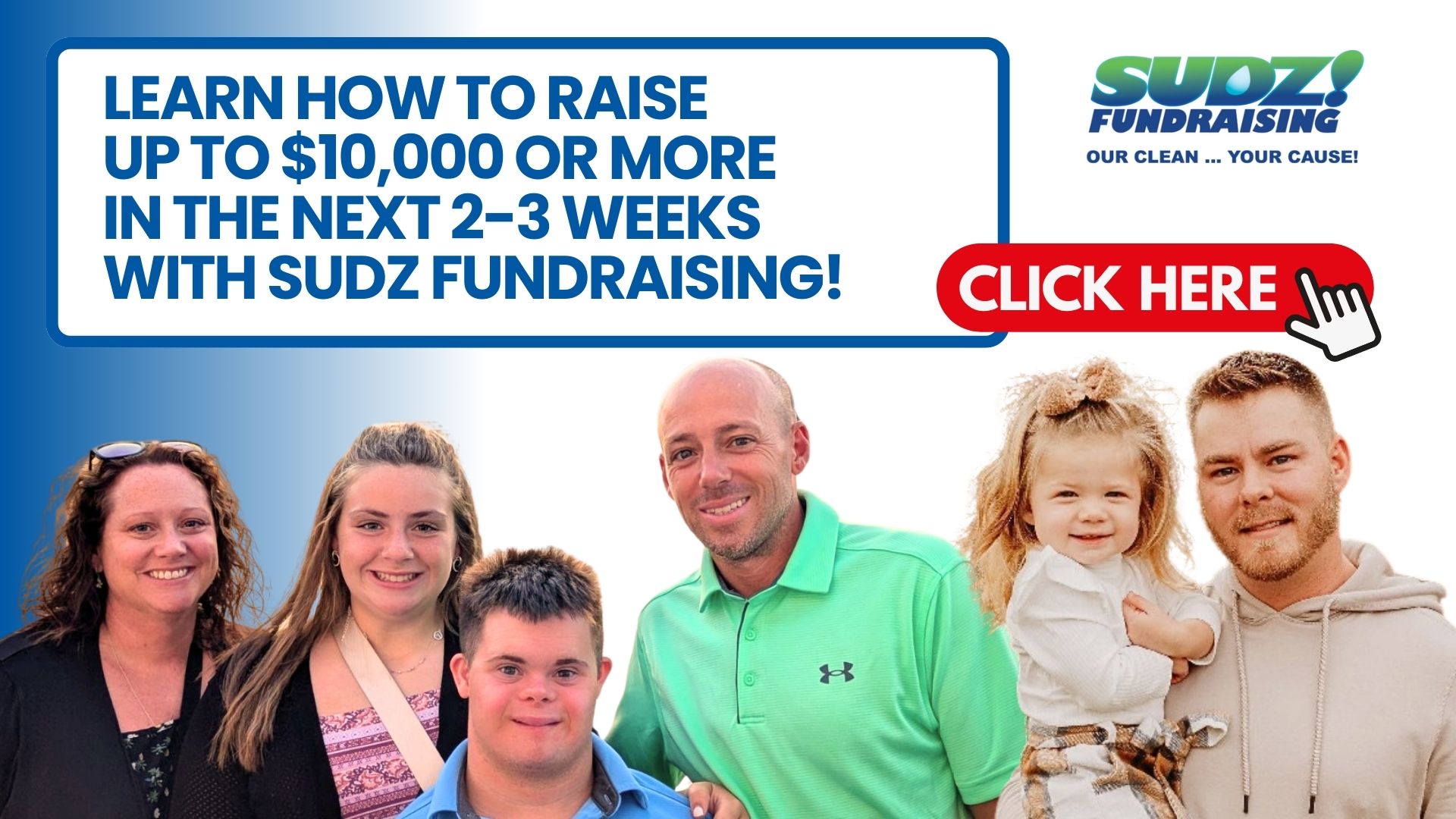Launching a fundraiser for a youth sports team can be a fun and rewarding way to support your team’s needs, whether it’s for new equipment, uniforms, or travel expenses. Fundraising helps build team spirit and community support while providing the necessary funds for your team to thrive.
Creating a successful fundraiser involves careful planning, smart promotion, and efficient management. You need to set clear goals, organize your team, and choose the right product to sell. Promotional activities like social media campaigns and community engagement play a vital role in getting the word out and generating excitement.
In this guide, we’ll walk you through the 10 steps to launch a successful youth sports team fundraiser. From laying the groundwork and planning your activities to promoting and managing the fundraiser, these steps will help you achieve your fundraising goals. Follow these guidelines, and you’ll be well on your way to a successful and enjoyable fundraising experience for your youth sports team.
Laying the Groundwork for Your Fundraiser
Setting Clear Goals
The first step in launching a successful youth sports team fundraiser is to set clear goals. Know exactly how much money you need to raise and what the funds will be used for. Whether it’s for new uniforms, equipment, or travel expenses, understanding your financial target helps guide all your planning and promotional efforts.
Having a specific dollar amount in mind allows you to break down your goal into smaller, manageable targets. It also helps keep everyone motivated and focused on what you’re trying to achieve. Share these goals with the team, parents, and supporters to build a sense of community and shared purpose.
Understanding Your Team’s Needs and Resources
Before you dive into planning, take stock of your team’s needs and resources. Consider what items or activities require funding and who will be involved in the fundraising effort. Identify the strengths and skills of team members, parents, and coaches to allocate tasks effectively.
Evaluate the amount of time and effort everyone is willing and able to commit. Understanding these factors can help you structure your fundraiser more realistically and make the most out of the resources you have available. This step ensures you are well-prepared and that your goals are achievable.
Choosing a Fundraising Product
Choosing the right product to sell is crucial to your fundraiser’s success. Pick items that are useful, cost-effective and have a broad appeal to your community. Laundry detergent is an excellent choice because it is a necessity in every household. People are likely to support your cause by purchasing something they regularly use.
You may also want to consider offering a product that stands out, provides good value, and aligns with your team’s values. Conduct a brief survey among team members and their families to gather input on what products they think would sell best. Selecting the right product can make a big difference in your overall success.
Organizing Your Team and Planning
Assigning Roles and Responsibilities
A well-organized team is essential for a successful fundraiser. Start by assigning roles and responsibilities to each team member. Designate a fundraiser coordinator to oversee the entire process and assign specific tasks to parents, coaches, and players.
Break down the tasks into manageable activities such as marketing, order collection, and distribution. Assign leads for each section to ensure accountability and efficient execution. Clearly defined roles help everyone understand their responsibilities and contribute effectively to the fundraiser’s success.
Creating a Detailed Budget and Timeline
Next, create a detailed budget and timeline for your fundraising campaign. List all potential expenses, including promotional materials, product costs, and any fees associated with payment collection. Having a clear budget helps you track spending and ensures you don’t overspend.
Develop a timeline that outlines key milestones and deadlines. Include dates for the fundraiser kickoff, promotional events, order collection periods, and product distribution. A well-structured timeline keeps everyone on track and ensures that all activities are completed on schedule. Regularly review the timeline and make adjustments as needed.
Establishing Communication Channels
Effective communication is critical to keeping everyone informed and engaged. Establish clear communication channels to keep team members, parents, and supporters updated on the progress of the fundraiser.
Use tools like email, group chats, and social media to share important information and reminders. Hold regular meetings or conference calls to discuss progress, address any issues, and make necessary adjustments. Open and consistent communication helps maintain enthusiasm and ensures that everyone is working towards the same goals.
Promoting Your Fundraiser
Utilizing Social Media and Email Campaigns
Social media and email campaigns are powerful tools to promote your fundraiser. Start by creating engaging posts and emails that detail the purpose of the fundraiser, what you’re selling, and how people can participate. Use eye-catching images and clear, concise messages.
Share these posts on your team’s social media accounts and encourage team members, parents, and supporters to share them with their networks. Utilize platforms like Facebook, Instagram, and Twitter to reach a larger audience. Regular updates and reminders can keep your fundraiser in people’s minds and motivate them to support your cause.
Designing Eye-Catching Flyers and Posters
Flyers and posters are traditional yet effective ways to spread the word about your fundraiser. Design materials that are visually appealing and easy to read. Include essential details such as the fundraiser’s purpose, product information, and how to place orders.
Distribute these flyers and posters in high-traffic areas like schools, community centers, local businesses, and neighborhood bulletin boards. Make sure your contact information is clearly visible so people can easily reach out with questions or to place orders. Having eye-catching promotional materials can significantly boost your fundraiser’s visibility.
Engaging the Community and Local Businesses
Engaging your local community and businesses can provide valuable support for your fundraiser. Visit local stores and ask if they would be willing to display your flyers or even sponsor your team in some way. They might offer to match donations or provide prizes for top sellers.
Attend community events and set up a booth to promote your fundraiser and sell products. Talk to community groups and ask for their support. The more people you involve, the more successful your fundraiser will be. Building strong relationships within your community can pay off in the long run.
Executing and Managing the Fundraiser
Collecting Orders and Payments
Efficiently collect orders and payments to keep your fundraiser on track. Use a combination of paper order forms and online options to make it easy for supporters to place their orders. Clearly explain the payment methods you accept, such as cash, checks, or online payments.
Keep detailed records of each order and payment to avoid any mistakes. Set up designated times and locations where people can submit their orders and payments. Staying organized in this step ensures that you process all orders accurately and on time.
Coordinating Product Distribution and Delivery
A well-planned distribution and delivery process is key to customer satisfaction. Create a distribution plan that outlines when and where supporters can pick up their products. Arrange for a central location, like the school or a community center, where you can distribute the products efficiently.
Ensure you have enough volunteers to help with sorting and handing out orders. Label everything clearly to avoid any mix-ups. Proper coordination during this stage helps maintain trust and keeps supporters happy, increasing the chances of future participation.
Monitoring Progress and Adjusting Strategies as Needed
Continuously monitor the progress of your fundraiser to ensure it stays on track. Keep track of sales, payments, and any issues that arise. Hold regular check-ins with your team to discuss progress and address any challenges.
If certain strategies aren’t working, be flexible and adjust your approach. Whether it means increasing promotional efforts or finding better distribution methods, being proactive helps you stay on top of the fundraiser’s success. Regular monitoring and adjustments ensure that you meet your fundraising goals.
Final Thoughts
A successful youth sports team fundraiser requires careful planning, effective promotion, and efficient execution. By setting clear goals, organizing your team, and selecting the right product, you lay a strong foundation for your fundraiser. Promoting your efforts through social media, engaging flyers, and community involvement helps spread the word and generate support. Managing the collection of orders and payments, along with coordinating product distribution, ensures a smooth process for everyone involved.
Evaluating the fundraiser’s success and sharing the results with your team and community is important. It helps you understand what worked well and what could be improved for future campaigns. Reflecting on the experience and celebrating your achievements builds team spirit and strengthens community ties. Planning for future fundraisers can build on this success and continue to provide the necessary support for your youth sports team.
Ready to start your laundry detergent fundraiser? Visit Sudz Fundraising today to learn more about how we can help you achieve your goals and support your team’s journey. Together, let’s make your next fundraiser a resounding success!





